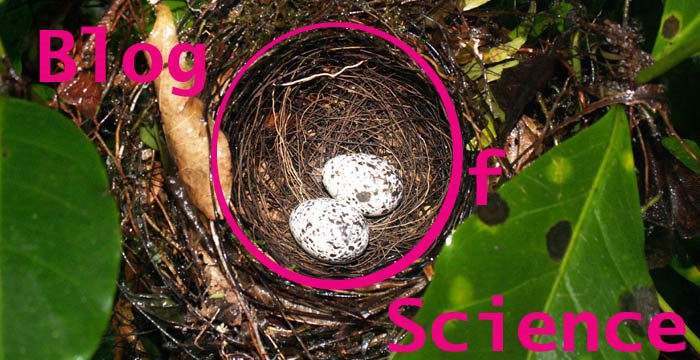To establish a case for an adaptive post-reproductive
life-stage, one needs to show (at least) the following things:
(1) Prevalence: Across environments, but especially in a
wild or non-protected environment, the population experiences more
post-reproductive lifespan than is expected due solely to demographic
stochasticity.
(2) Utility: Post-reproductive individuals do something
selectively advantageous, such as helping younger kin to survive or reproduce.
In many cases, one would like to also address
(3) Advantage: Those individuals who become
post-reproductive have a selective advantage over same-age individuals who simply continuing
reproducing indefinitely.
However, this third is more complicated, because in many
cases there are no individuals who fail to stop reproducing to compare to. For
example, 55 year old women giving birth are rare and not easily compared to
those who stopped at a more usual time. So testing (3) requires extrapolation
and counter-factuals. This assumes that if continuing to reproduce past the
current age of cessation were selectively advantageous, that the species'
reproductive physiology would allow for it. In many cases, theoretically
advantageous traits simply don't exist in the population, and therefore cannot
be selected for. If the choice is not between ceasing reproducing or
continuing, but rather between ceasing and being useful or ceasing and not
being useful, useful wins.
So we are left with basically two fairly simple tests to
make decent case an adaptive post-reproductive life-stage. And after some
decades of interest in the evolution of post-reproductive lifespan, for how
many species has this case been convincingly made? By my count, three. Humans,
orcas and a gall-forming social aphid, Quadrartus
yoshinomiyai. There are several other likely candidates. Short-finned pilot
whales, and possibly other social cetaceans. African and Asian elephants. But
I've become very interested in a much more accessible and experimentally
tractable species. It lives in multi-generational groups of (very) closely
related individuals. Individuals play
subtly different roles in the group throughout their lives. Older individuals
stop reproducing and can (assuming no one comes along and kills them) live for
extended periods post-reproductively (on the time scale these things live). You
may have it in your garden.
Any guesses? Later this week I'll give you the answer.

